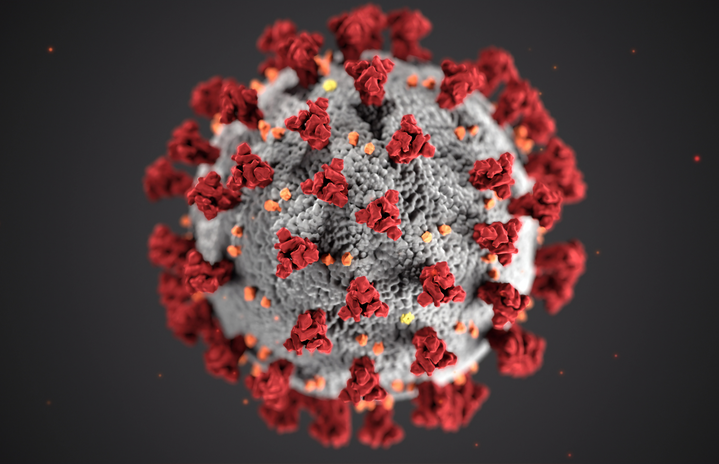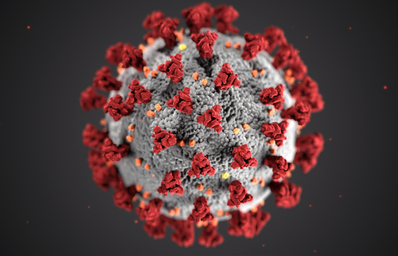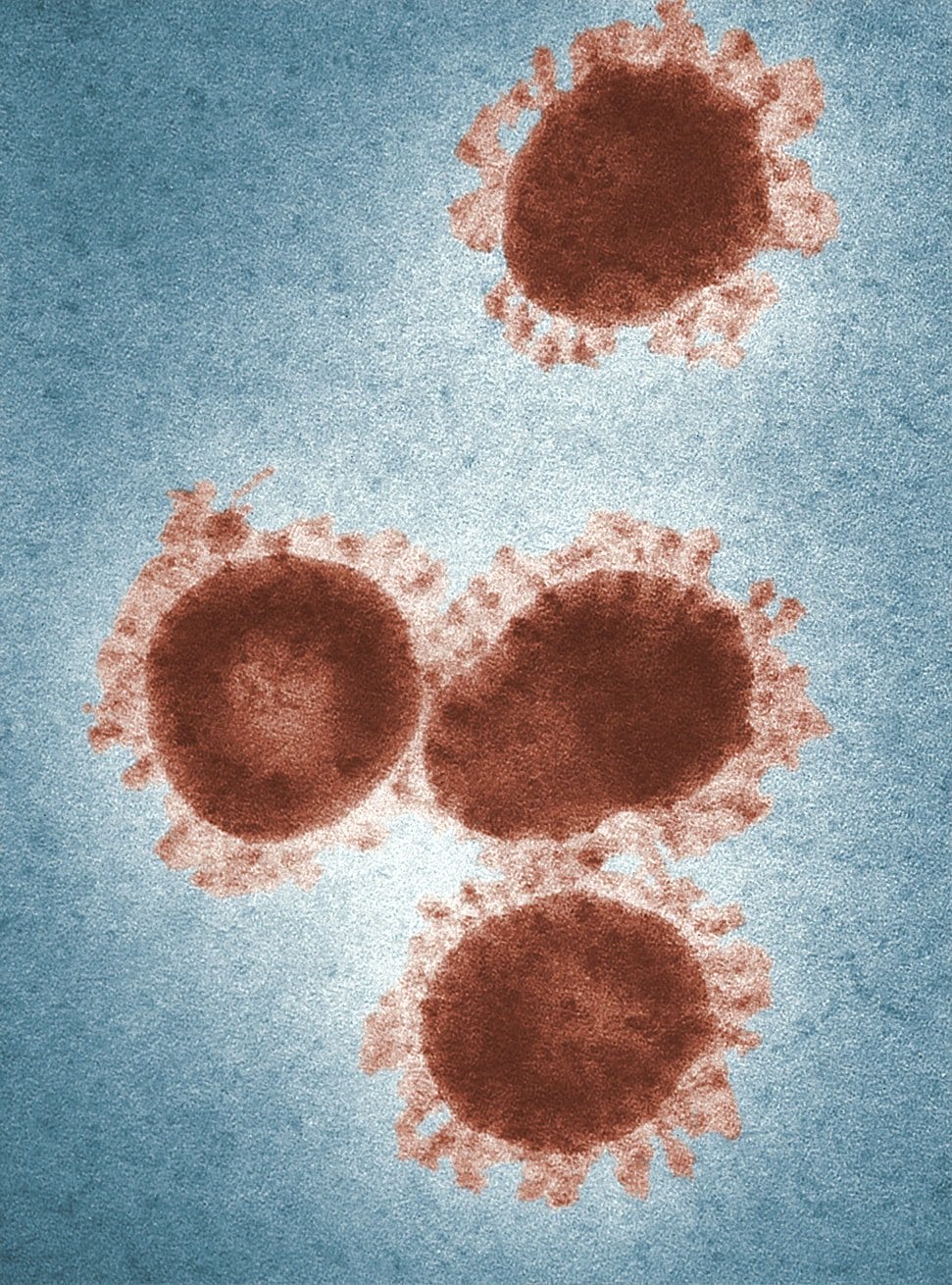To begin, it is important to understand the difference between a virus and other diseases.
Although the topic is debated in the scientific community, it is easier to understand viral particles as non-living things. A viral particle is made up of only protein and DNA. The genetic material, DNA, functions the same way as other organisms – provides the information needed to build the machinery for reproduction and other necessary cellular functions. The protein makes up a protective shell that surrounds the DNA. The most peculiar feature of viruses is that they cannot exist outside of a host cell. That is, they need the cell of another organism in order to replicate. This makes them especially difficult to fight. Bacterial infections are easier to manage – antibiotics search for unique features on the bacteria and kill them without harming our own cells. Viruses are much more elusive, as their existence inside a host cell makes them difficult to find and fight.
So why do viruses make us sick? One reason is that the virus is actively killing cells within our bodies. When this coronavirus (COVID-19) enters the lungs, it binds to a special surface protein called ACE2. COVID-19 then hooks to this surface protein, which allows it to enter the host cell. This ultimately destroys the host cell, potentially resulting in the dry cough that is characteristic of the coronavirus.
The larger cause of viral symptoms is the body itself: activation of the immune system results in fever, chills, fatigue, and that general “ickiness” we have all experienced a time or two. Once the virus is inside our bodies, our immune cells recognize the infection and employ tactics to help fight the infection. Unfortunately, the body’s immune response can become so extreme that it causes more damage. One example of this is pneumonia. The cells in our lungs are responsible for gas exchange. We breathe out carbon dioxide and breathe in oxygen. When our lung cells become inflamed by viral infection, immune response, or both, this gas exchange is disrupted. An inability to exchange these gases poses many serious threats such as respiratory failure and death.
COVID-19 has done too good of a job at being a virus. The previously described hooking mechanism makes for a tight bind between the viral particle and the host cell, resulting in a very contagious virus. This only accentuates the importance of adhering to current CDC recommendations for preventing spread. COVID-19 is transmitted through respiratory droplets. Typically, an infected person is most contagious when they are actively displaying symptoms. However, many young people can become infected and not realize it, acting as vectors for the virus to reach more vulnerable, older populations.
While some medical therapies are being investigated, there is no specific treatment for COVID-19. Most mild to moderate cases can be handled with normal recovery in isolation. Severe cases may require hospitalization to provide extra support as the affected person’s immune system fights the virus.
The CDC believes that most of the nation will be exposed to COVID-19 in the next few months. Do your part by following guidelines and staying informed with relevant and factual information.



